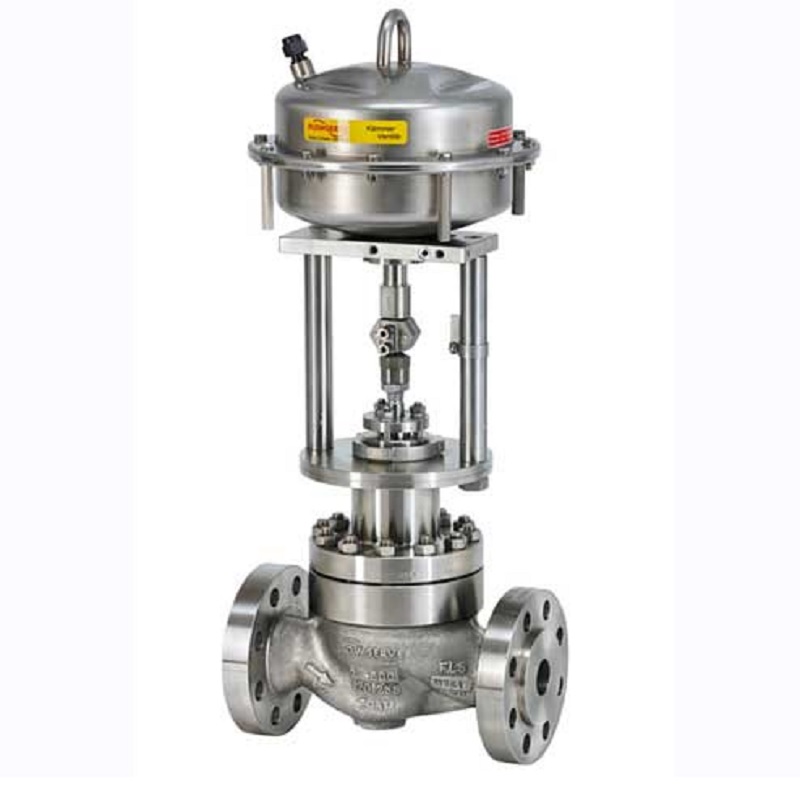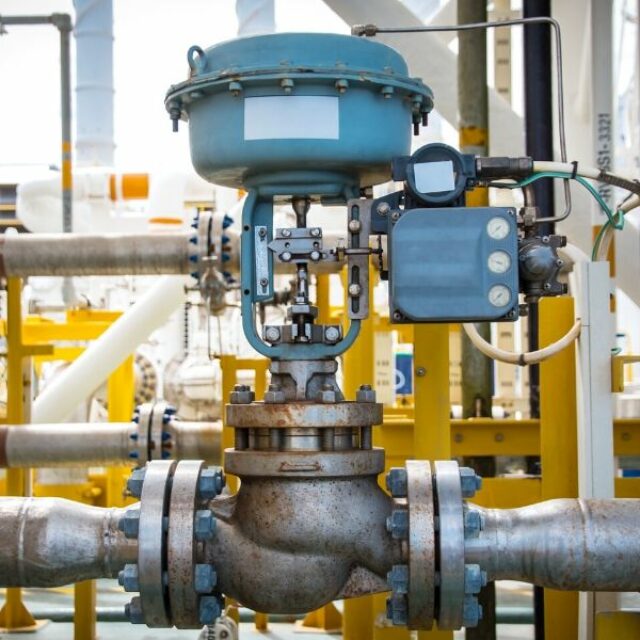
Maximize Energy Financial Savings and Convenience With Advanced Building Automation Controls
In the world of modern style and center management, the combination of advanced building automation controls stands as a crucial improvement. By harnessing the power of automation, buildings can adapt, react, and develop in means that were as soon as unimaginable.
Power Performance Advantages
Power performance advantages can considerably minimize power intake and functional prices in buildings. By executing energy-efficient methods and innovations, structure owners and operators can attain significant cost savings while likewise contributing to environmental sustainability. One of the key benefits of boosting power performance in structures is the decrease of energy expenses. Energy-efficient systems, such as innovative building automation controls, can maximize using sources like heating, illumination, and air conditioning, causing reduced energy expenditures over time.
In addition, improved energy efficiency can lengthen the life expectancy of building devices and systems. By operating much more successfully, cooling and heating systems, lighting fixture, and other building parts experience less damage, leading to minimized upkeep and substitute expenses. Additionally, energy-efficient buildings often regulate higher home worths and rental prices, giving long-lasting economic benefits to owners.
Moreover, energy effectiveness can boost resident comfort and performance. Properly controlled interior settings with optimal lighting and thermal conditions develop an even more pleasurable and helpful work area, causing enhanced employee fulfillment and performance. On the whole, the power efficiency benefits connected with innovative structure automation controls are multifaceted, encompassing cost savings, environmental stewardship, and owner well-being.
Enhanced Comfort Control
Enhancing convenience control in structure environments needs a sophisticated combination of sophisticated automation systems for ideal passenger well-being. By using sophisticated building automation controls, facilities can customize the indoor environment to meet the specific demands and preferences of occupants. These systems make it possible for specific regulation of air flow, illumination, and temperature, creating a comfy and effective atmosphere. Occupant fulfillment and productivity are carefully connected to thermal comfort, making it necessary to have systems in area that can adjust to altering problems in real-time.
Enhanced comfort control surpasses basic temperature level modifications. It consists of features such as individualized settings, tenancy sensing units, and natural light utilization to produce a responsive and dynamic environment. By including these advanced controls, structures can not just enhance comfort yet additionally boost energy effectiveness by maximizing system procedures based on actual tenancy and use patterns. Inevitably, focusing on owner comfort through sophisticated automation systems results in a much more pleasurable and healthier interior setting.
Operational Performance Improvements

Furthermore, the implementation of real-time tracking and analytics devices enables structure operators to recognize energy inadequacies and operational abnormalities immediately. By continuously monitoring power usage patterns and system efficiency metrics, adjustments can be made in real-time to enhance power usage and make certain peak operational performance. control valves. Furthermore, incorporating demand response methods right into structure automation controls can further improve functional performance by dynamically changing power usage based on grid conditions and rates signals
Indoor Environment Optimization
Effective interior environment optimization is a fundamental element of structure automation controls, guaranteeing owners' convenience and well-being while taking full advantage of power savings. By utilizing innovative sensors and controls, constructing automation systems can constantly change and monitor temperature level, moisture degrees, air top quality, and air flow to create an ideal indoor atmosphere. Preserving comfy and consistent conditions not only enhances resident complete satisfaction yet also improves performance and total well-being.
Indoor climate optimization also plays a vital duty Home Page in power effectiveness. By fine-tuning heating, ventilation, and cooling systems based upon real-time data and tenancy patterns, constructing automation controls can significantly lower power usage - control valves. Implementing approaches such as demand-controlled ventilation and thermal zoning can help lessen power waste while making certain that each area of the building gets the required conditioning.

Sustainable Setting Development
Structure automation manages not just optimize interior climate problems for energy performance and occupant convenience but additionally lay the foundation for producing a sustainable atmosphere via calculated management of sources and systems. By incorporating advanced building automation technologies, such as sensors, actuators, and smart software, centers can readjust and monitor energy use in real-time to reduce waste and minimize their carbon impact. These systems allow predictive upkeep, identifying prospective concerns prior to they escalate and optimizing devices efficiency to boost longevity and effectiveness.
Furthermore, lasting atmosphere development expands past power administration to incorporate water preservation, waste decrease, and interior air quality enhancement. Structure automation controls can control water use, discover leakages, and ensure proper waste disposal practices, contributing to general sustainability initiatives. In addition, by managing and keeping an eye on ventilation and purification systems, these technologies enhance occupant health and performance while lowering power usage connected with cooling and heating procedures.
Verdict
To conclude, navigate to this website progressed building automation controls offer significant advantages in terms of energy savings, convenience control, operational efficiency, interior environment optimization, and producing a sustainable atmosphere. By applying these controls, buildings can accomplish ideal performance while reducing power consumption and improving resident convenience. It appears that the use of advanced automation modern technology is crucial in enhancing structure performance and producing a more lasting future.
Power effectiveness advantages can substantially decrease power usage and operational expenses in structures. Generally, the power effectiveness benefits linked with advanced structure automation controls are complex, including price financial savings, environmental stewardship, and passenger wellness.
Furthermore, incorporating need feedback approaches into building automation visit this site right here controls can even more improve operational efficiency by dynamically changing energy usage based on grid conditions and prices signals.
Building automation controls not only optimize interior environment problems for energy effectiveness and resident comfort yet additionally lay the structure for developing a lasting atmosphere through critical management of systems and sources.In conclusion, progressed building automation regulates offer substantial benefits in terms of power cost savings, comfort control, functional performance, indoor environment optimization, and creating a lasting atmosphere.